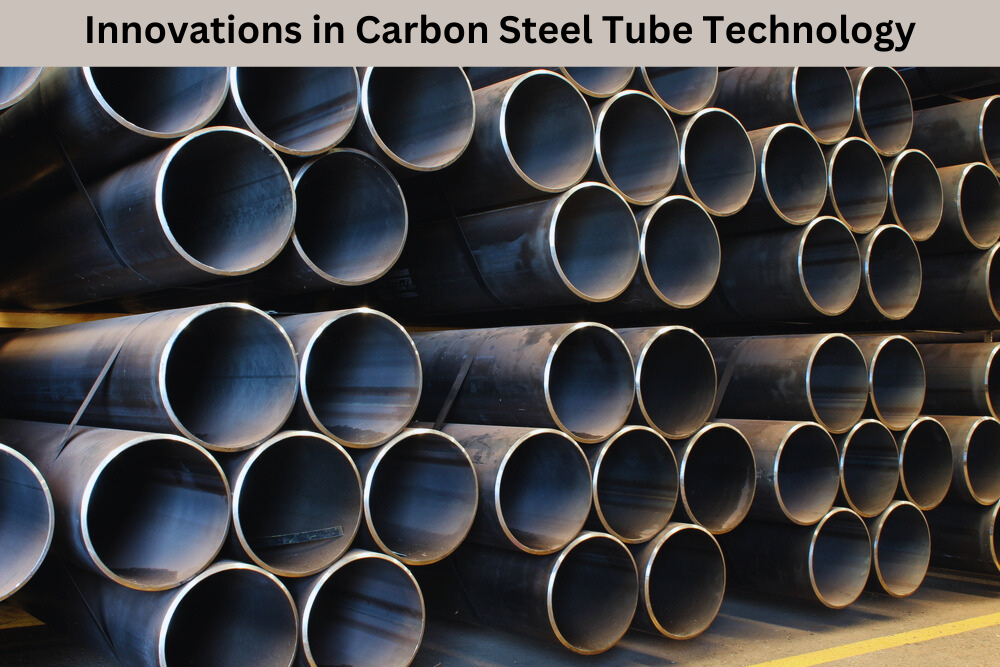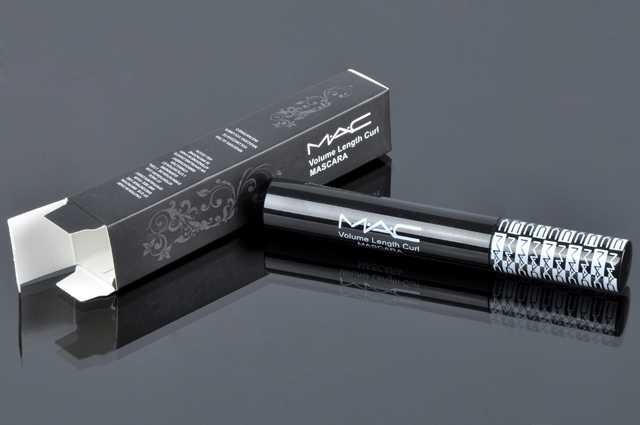Carbon steel tubes have been a staple in various industries for their durability and strength. However, technological advancements have paved the way for innovative improvements in these tubes, revolutionizing their performance and capabilities. In this article, we will delve into the exciting new developments in carbon steel tube technology and explore how they are changing the game.
Traditional uses of carbon steel tubes
Carbon steel tubes have a long history of use in various industries due to their exceptional strength and durability. They have been widely employed in sectors such as construction, oil and gas, automotive, and aerospace. In construction, carbon steel tubes are commonly used for structural applications, including the construction of buildings, bridges, and offshore platforms. The oil and gas industry relies heavily on carbon steel tubes for pipelines, as they can withstand high pressure and extreme temperatures. In the automotive and aerospace sectors, carbon steel tubes are used to manufacture chassis, frames, and structural components due to their excellent mechanical properties.
Despite their long-standing prominence, carbon steel tubes have faced challenges related to corrosion and dimensional accuracy. However, with recent technological innovations, these challenges are being addressed, leading to significant advancements in carbon steel tube technology.
Recent innovations in carbon steel tube technology
Enhanced strength and durability in carbon steel tubes
One of the key innovations in carbon steel tube technology is the use of advanced alloys that enhance both strength and corrosion resistance. These alloys, such as high-strength low-alloy (HSLA) and advanced high-strength steel (AHSS), ensure that the tubes can withstand extreme conditions and deliver reliable performance in critical applications. By incorporating these advanced alloys, carbon steel tubes can achieve higher tensile strength, allowing them to bear heavier loads without compromising structural integrity. Additionally, the improved corrosion resistance of these advanced alloys significantly extends the service life of carbon steel tubes, reducing maintenance costs and increasing overall efficiency.
Improved corrosion resistance in carbon steel tubes
Corrosion has long been a major concern for carbon steel tubes, especially in industries exposed to harsh environments or corrosive substances. However, recent advancements in carbon steel tube technology have addressed this issue by developing corrosion-resistant coatings and alloys. These coatings and alloys act as a barrier, protecting the carbon steel tubes from corrosion caused by moisture, chemicals, or other corrosive agents. By enhancing the corrosion resistance of carbon steel tubes, these innovations ensure their longevity and reliability in demanding applications, even in highly corrosive environments.
Advancements in manufacturing processes for carbon steel tubes
Precision manufacturing techniques have played a crucial role in the recent innovations in carbon steel tube technology. These techniques allow for tighter tolerances and improved dimensional accuracy, resulting in tubes that fit together more efficiently. By minimizing gaps and irregularities, precision manufacturing not only enhances the structural integrity of carbon steel tubes but also reduces the need for rework and adjustments, leading to cost savings. Moreover, integrating digital technologies, such as automation and machine learning, has further optimized the manufacturing process. With automation, production efficiency has significantly increased, leading to faster turnaround times and improved overall productivity.
Applications of new carbon steel tube technology
The advancements in carbon steel tube technology have opened up new possibilities and expanded the range of applications for these tubes. In the construction industry, the enhanced strength and durability of carbon steel tubes allow for the construction of taller buildings and more robust structures. The oil and gas industry benefits from the improved corrosion resistance of carbon steel tubes, ensuring the safe and reliable transportation of oil and gas through pipelines. In the automotive sector, using advanced alloys in carbon steel tubes enables the design and manufacturing of lighter and more fuel-efficient vehicles without compromising safety. The aerospace industry also benefits from these innovations, as carbon steel tubes with enhanced strength and dimensional accuracy contribute to developing lighter aircraft with improved performance.
Environmental benefits of innovative carbon steel tubes
In addition to their improved performance, innovative carbon steel tubes bring environmental benefits to various industries. The use of advanced alloys allows for the production of thinner and lighter tubes without sacrificing strength, reducing the amount of raw material required. This not only minimizes resource consumption but also decreases the carbon footprint associated with the manufacturing process. Furthermore, the enhanced corrosion resistance of carbon steel tubes extends their lifespan, reducing the need for frequent replacements and lowering waste generation. By improving the sustainability of industries that rely on carbon steel tubes, these innovations contribute to a greener and more environmentally friendly future.
Challenges and limitations of using new carbon steel tube technology
While the innovations in carbon steel tube technology have brought significant improvements, there are still challenges and limitations to consider. The cost of advanced alloys and precision manufacturing processes can be higher than traditional carbon steel tubes, which may present financial barriers for some industries. Additionally, adopting these new technologies may require additional training and equipment, adding complexity to the manufacturing process. It is important for industries to carefully evaluate the cost-benefit ratio and consider the specific requirements of their applications before fully embracing these innovations.
Conclusion: The future of carbon steel tube technology
As industries continue to evolve and demand higher performance from their equipment, innovations in carbon steel tube technology play a vital role in meeting these requirements. The advancements in strength, corrosion resistance, and manufacturing processes have opened up new possibilities and expanded the applications of carbon steel tubes in various sectors. With their enhanced performance and environmental benefits, these innovative tubes are poised to shape the future of industries such as construction, oil and gas, automotive, and aerospace. By embracing the latest developments in carbon steel tube technology, companies can stay ahead of the competition and deliver exceptional products that meet the evolving needs of the market.
In summary, the innovations in carbon steel tube technology have revolutionized the capabilities of these tubes, enhancing their strength, corrosion resistance, and dimensional accuracy. Through advanced alloys, precision manufacturing techniques, and the integration of digital technologies, carbon steel tubes now offer improved performance, increased productivity, and environmental benefits. While there are challenges and limitations to consider, the future of carbon steel tube technology is promising, with new applications and opportunities emerging in various industries. Stay tuned as we explore further advancements in this dynamic field.





